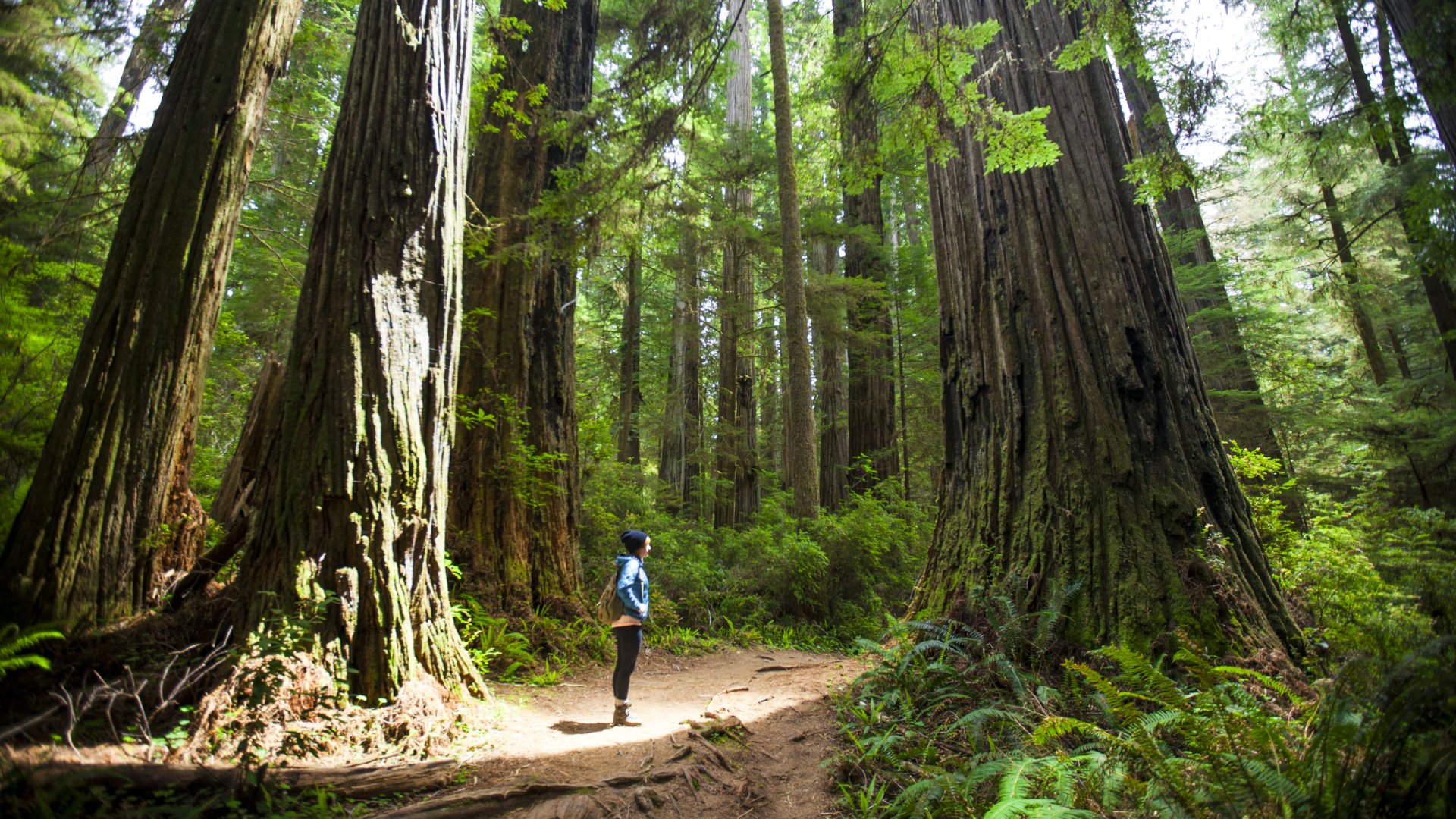“Twenty minutes, three times a week, hanging out with trees is enough to boost your immune system,” our forest bathing guide Allie Fuller tells us as we saunter through the trees. We’re wearing to account for the rough ground underfoot, but in no way would I consider this a hike. Rather, we’re walking as slowly as we possibly can in the early morning light, birds twittering from the trees above us.
As we stroll, Fuller invites us to reach out and touch the plants, give their leaves a squeeze and smell them with what she describes as a “childlike curiosity.” This, she explains, is what exposes us to the phytoncides that may go a long way towards explaining why . The word phytoncides is one that’s been coming up a lot for me lately – perhaps because I’ve been fortunate enough to enjoy several – and I’m curious to understand more about what they are, and why they’re so good for our health.

To learn more, I recently spoke to on the matter, and it turns out he’s written all about phytoncides in his new book . “We evolved in collaboration with the phytoncides from trees. They're an integral part of our immune system,” explains Batorijs.
The idea of evolving with trees might sound a little new age to some, but Batorijs reminds me that we share about 15 percent of our DNA with trees, and what protects them also protects us. The term phytoncides is an umbrella term for microscopic volatile organic compounds, individually known as terpenes, that are natura.
















